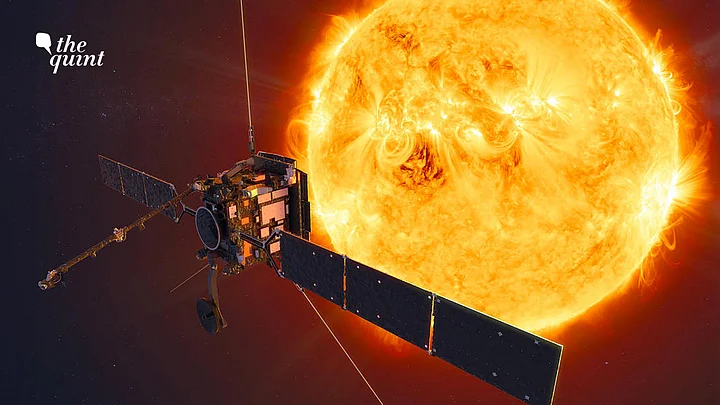After the success of Chandrayaan-3, Indian Space Research Organisation (ISRO) is all set to launch the first-ever solar observation space mission known as 'Aditya L1'.
The Aditya L1 Solar Observatory spacecraft will be launched on 2 September 2023 to explore the different solar activities in real time, and their influence on space weather. Aditya L1 will be the first space-based Indian mission to study the Sun.
Let us read about the Aditya L1 mission launch date, time, objectives, cost, and everything you must know about this first ever Solar mission of India.
Aditya L1 Launch Date: When Will Be the India's First Ever Solar Based Mission Launched?
The Aditya L1 will be launched by ISRO on 2 September 2023.
Aditya L1 Launch Time: When and Where Will the Aditya L1 Mission Launched?
The Aditya L1 will be launched from the Satish Dhawan Space Centre on 2 September. The exact time of launch has not been confirmed by ISRO yet.
Aditya L1 Budget: What Is the Total Cost of the First Space Based Solar Mission of India?
According to a report by Indiatimes, the expected budget of Aditya L1 is Rs 378 crore. However, the total cost of this solar mission has not been released officially by ISRO yet.
Aditya L1 Mission Objectives
According to ISRO, the major objectives of Aditya L1 mission are:
Study of Solar upper atmospheric (chromosphere and corona) dynamics.
Development, dynamics and origin of CMEs.
Identify the sequence of processes that occur at multiple layers (chromosphere, base and extended corona) which eventually leads to solar eruptive events.
Magnetic field topology and magnetic field measurements in the solar corona .
Drivers for space weather (origin, composition and dynamics of solar wind.
Study of chromospheric and coronal heating, physics of the partially ionized plasma, initiation of the coronal mass ejections, and flares
Observe the in-situ particle and plasma environment providing data for the study of particle dynamics from the Sun.
Physics of solar corona and its heating mechanism.
Diagnostics of the coronal and coronal loops plasma: Temperature, velocity and density.
Aditya L1 Launch Vehicle/ Spacecraft Information
According to ISRO," The spacecraft shall be placed in a halo orbit around the Lagrange point 1 (L1) of the Sun-Earth system, which is about 1.5 million km from the Earth. A satellite placed in the halo orbit around the L1 point has the major advantage of continuously viewing the Sun without any occultation/eclipses. This will provide a greater advantage of observing the solar activities and its effect on space weather in real time."
